Flash welding is a resistance welding process that joins two metal pieces by generating intense heat through electrical resistance at their interfaces. This method is commonly used in industries such as railways, construction, and automotive manufacturing due to its ability to produce strong and seamless joints. Flash welding is particularly effective for joining large components or materials of varying cross-sections.
What is Flash Welding?
Flash welding involves the application of heat and pressure to join metal components without using filler materials. The process derives its name from the “flashing” phenomenon, where sparks and molten metal are ejected from the joint as high electrical current flows through the metal pieces.
This method creates a high-strength bond by heating the metal interfaces to a plastic or molten state and then applying force to forge them together. Flash welding is ideal for joining dissimilar metals and is often used to fabricate parts that require exceptional durability.
Flash Welding Process
The flash welding process consists of three primary steps:
Alignment and Clamping:
- The metal pieces to be joined are securely clamped in a flash welding machine, ensuring proper alignment.
- The ends of the components are positioned slightly apart to allow electrical current to pass through the interface.
Flashing Phase:
- A high electrical current is applied to the joint, causing the metal at the interface to heat rapidly due to electrical resistance.
- The molten metal and oxides are expelled as sparks or “flashes,” cleaning the surfaces and preparing them for bonding.
Upsetting Phase:
- Once the materials reach the required temperature, force is applied to press the metal pieces together.
- This creates a strong, seamless joint as the molten or softened materials fuse and solidify under pressure.
- Flash welding is highly automated, ensuring consistent weld quality and reducing the potential for human error.
Pros and Cons of Flash Welding
Pros
- Strong Joints: Flash welding produces high-strength bonds that are free from defects and porosity.
- Versatility: This method can join a wide range of materials, including dissimilar metals.
- Efficiency: The process is quick, making it ideal for high-volume production.
- Minimal Material Waste: The flashing phase removes impurities, ensuring a clean weld with minimal loss of base material.
- No Filler Material Required: Flash welding eliminates the need for additional materials, reducing costs.
Cons
- High Equipment Cost: The machinery for flash welding is expensive, making it less accessible for small-scale operations.
- Size Limitations: This technique is best suited for specific applications, such as joining large components, and may not be practical for smaller or delicate parts.
- Energy-Intensive: Flash welding requires high electrical currents, leading to increased energy consumption.
- Skilled Operation: Proper setup and maintenance of the equipment demand skilled technicians to ensure optimal results.
Conclusion
Flash welding is a robust and efficient process that has revolutionized industries requiring durable and seamless metal joints. Its ability to join dissimilar metals, create strong bonds, and operate quickly makes it an indispensable welding method for manufacturing and construction.
While the high cost of equipment and energy use may pose challenges, the benefits of flash welding far outweigh its drawbacks in applications where strength and quality are paramount. Understanding the process and its advantages can help industries harness this innovative technique to improve their fabrication capabilities and product reliability.

